Vietnam has remained a country with high human development throughout the difficult years of the COVID-19 pandemic. Human development continues to be a focus of the country's development strategy and the United Nations Development Programme (UNDP) has seen remarkable results in Vietnam over the past decades.
According to a statement from UNDP Vietnam, the latest UNDP report released on March 13 in New York (USA) said that uneven development progress is leaving the poorest behind, worsening inequality and causing political polarization on a global scale. This situation leads to a dangerous impasse that needs urgent joint efforts to resolve.
The Human Development Report (HDR) 2023/24, titled “Breaking the Deadlock: Reimagining Cooperation in a Polarized World ,” reveals a worrying trend: The incomplete and uneven recovery of the global Human Development Index (HDI). The HDI is a summary measure that reflects a country’s total GDP, per capita income (GNI), educational attainment, and life expectancy.
The HDI is forecast to reach a record high in 2023 after falling sharply in 2020 and 2021. However, progress is highly uneven, with rich countries enjoying record levels of human development while half of the world’s poorest countries remain below pre-crisis levels.
Vietnam's HDI value in 2022 is 0.726, ranking 107th out of 193 countries and territories. From 1990 to 2022, Vietnam's HDI value changed from 0.492 to 0.726, an increase of nearly 50%. In the 1990s when UNDP introduced the HDI human development index, Vietnam was relatively low in the rankings, but now Vietnam is in the middle of the rankings and has been making continuous progress over the past 30 years.
“Viet Nam has remained a high human development country throughout the difficult years of the COVID-19 pandemic. Human development remains central to the country’s development strategy and we have seen remarkable results over the past decades,” said UNDP Resident Representative in Viet Nam Ramla Khalidi.
Vietnam ranked 91st out of 166 countries on the Gender Inequality Index, which looks at inequality across three dimensions: reproductive health, empowerment and the labor market.
“Vietnam has done well in some aspects, such as access toeducation and labor force participation, however, there remains a gender division of labor with more stable, well-paid jobs reserved for men and women still underrepresented in leadership roles in the Government, Parliament and in the private sector,” added Ramla Khalidi.
Global inequality is compounded by huge economic concentration. Nearly 40% of global merchandise trade is concentrated in three or fewer countries, the report says; and in 2021, the market capitalization of the world’s three largest tech companies exceeded the gross domestic product (GDP) of more than 90% of the world’s countries.
“The widening human development gap highlighted in the report shows that the trend of declining inequality between rich and poor countries over the past two decades is now reversing. While our global society is highly interconnected, we are falling short. We need to capitalize on our interdependence and our ability to address common challenges while ensuring that people’s aspirations are met,” said Achim Steiner, head of the United Nations Development Programme (UNDP).
“This impasse is taking a huge human toll. The lack of concerted action on climate change, digitalization, or poverty and inequality not only hinders human development, it also exacerbates polarization and further erodes trust in people and institutions around the world,” he added.
The report stresses that deglobalization is neither feasible nor realistic in today’s world, and that economic interdependence remains high. This indicates that no region is close to self-sufficiency, as all are dependent on imports of 25% or more of at least one major good or service from other regions.
Source link



![[Photo] A delegation of 100 journalists from the Vietnam Journalists Association visits the soldiers and people of Truong Sa island district.](https://vphoto.vietnam.vn/thumb/1200x675/vietnam/resource/IMAGE/2025/5/30/0984a986227d4e988177f560d2e1563e)
![[Photo] Journalists moved to tears at the Memorial Service for the soldiers who died in Gac Ma](https://vphoto.vietnam.vn/thumb/1200x675/vietnam/resource/IMAGE/2025/5/30/9454613a55c54c16bf8c0efa51883456)
![[Photo] Prime Minister Pham Minh Chinh attends the event "Digital transformation of the banking industry by 2025"](https://vphoto.vietnam.vn/thumb/1200x675/vietnam/resource/IMAGE/2025/5/29/0e34cc7261d74e26b7f87cadff763eae)




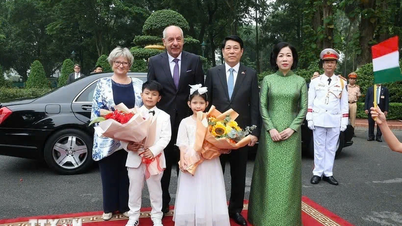

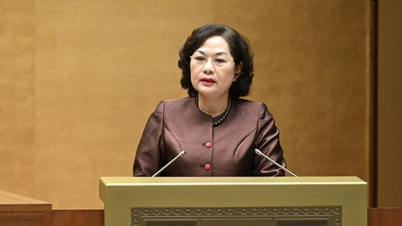

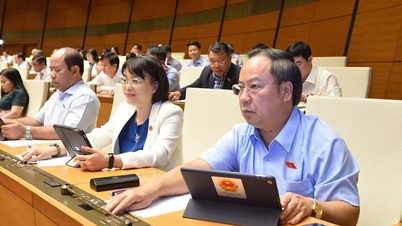

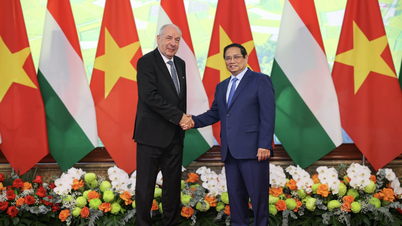









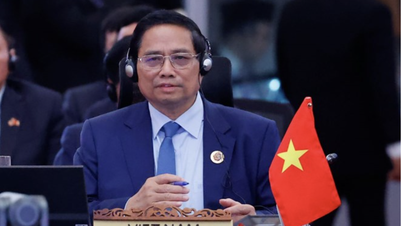




























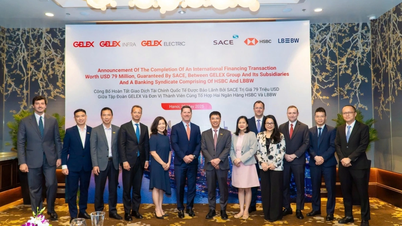


































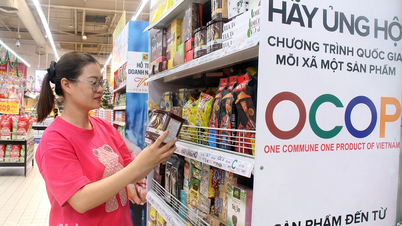








Comment (0)